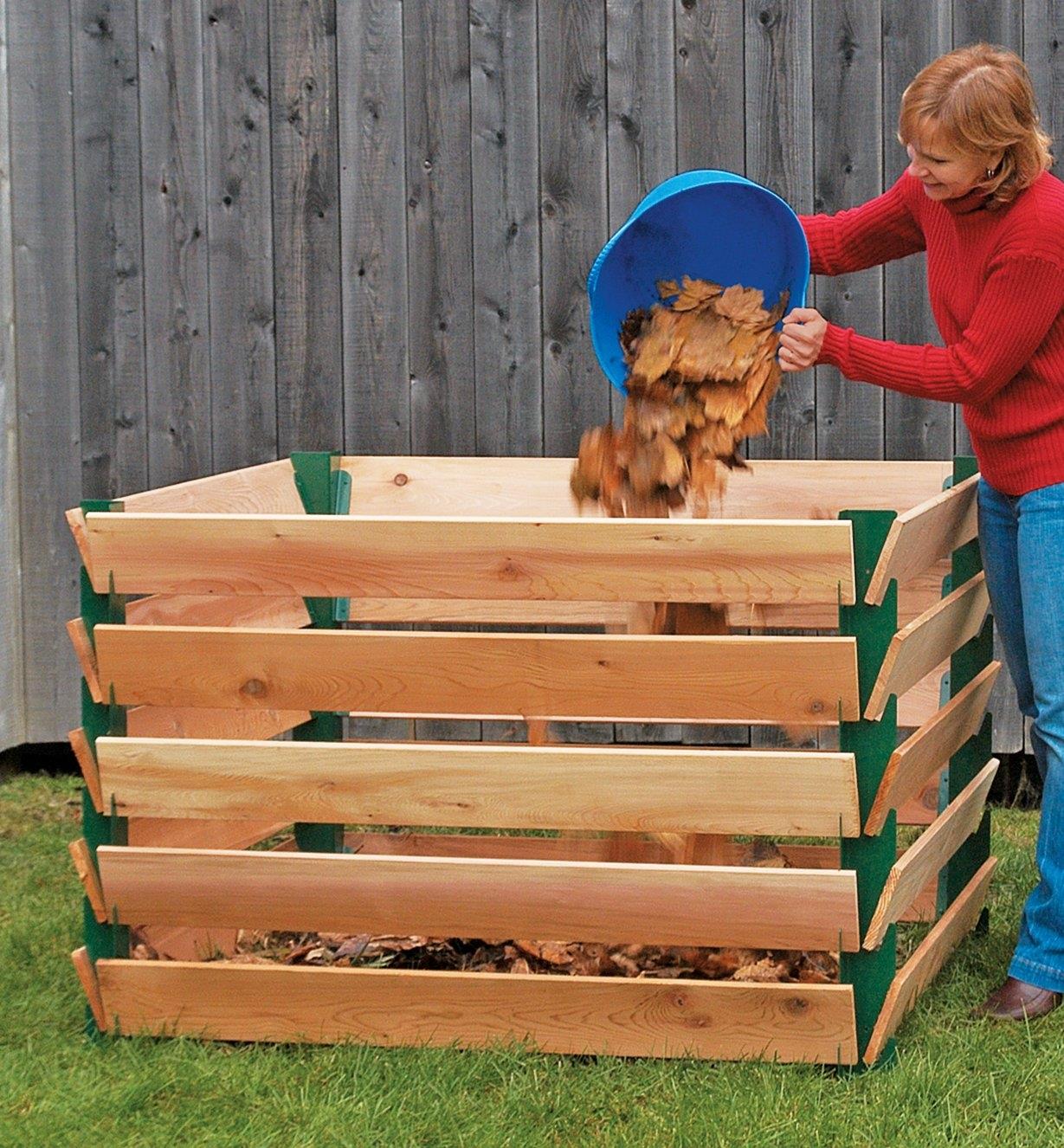svetz
Works in theory! Practice? That's something else
| Saw the new California law about kitchen waste needing separate recycling and got side-tracked to something interesting: the Lomi Composter. Then immediately saw the busted video, which claimed they used power and were overall bad for the environment. Of course, that guy is always big on ridicule and low on facts. So, is this bad or good for the environment? On the one hand, it takes about a kWh of power on the longest setting (depending on how wet it is). But, if you're solar that's not a big deal. |  |
You can DIY your own zero-energy composter. I've tried this before but never really had good success. It also takes a few months.
So, why is California (and other locations) passing laws on treating food waste rather than sending it to landfills? If I understand it correctly, in a landfill it creates methane which is a 25x more powerful greenhouse than gas than CO₂, and of course, eventually breaks down into CO₂ anyway. But if properly composted it creates mainly CO₂ and less of it, that is more carbon stays fixed in the soil.
Composting gives off minimal methane compared with landfills – 22 times less... The process produces carbon dioxide... and has many benefits... fosters plant growth – which, in turn, takes CO2 out of the air. ref
In reading around, most of the kitchen units that work in under 5 hours aren't really creating compost, it's "compost ready", but they are still bypassing the methane issue.
Anyway, curious if any of you have any direct experience/knowledge about this.
Last edited:




